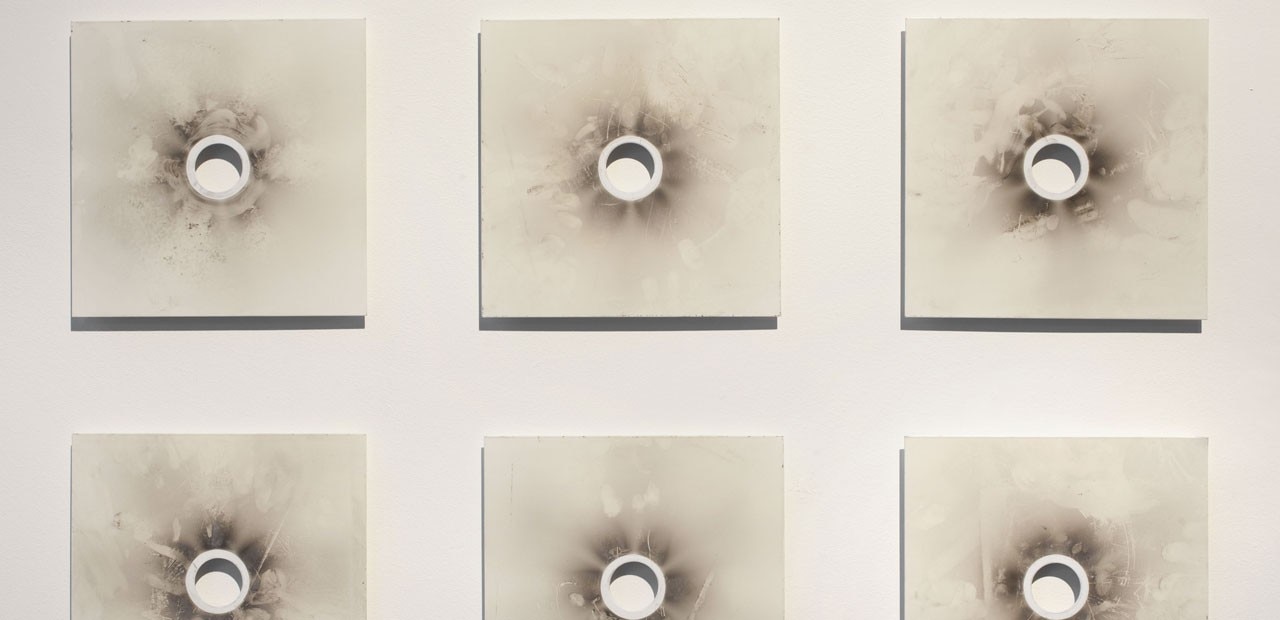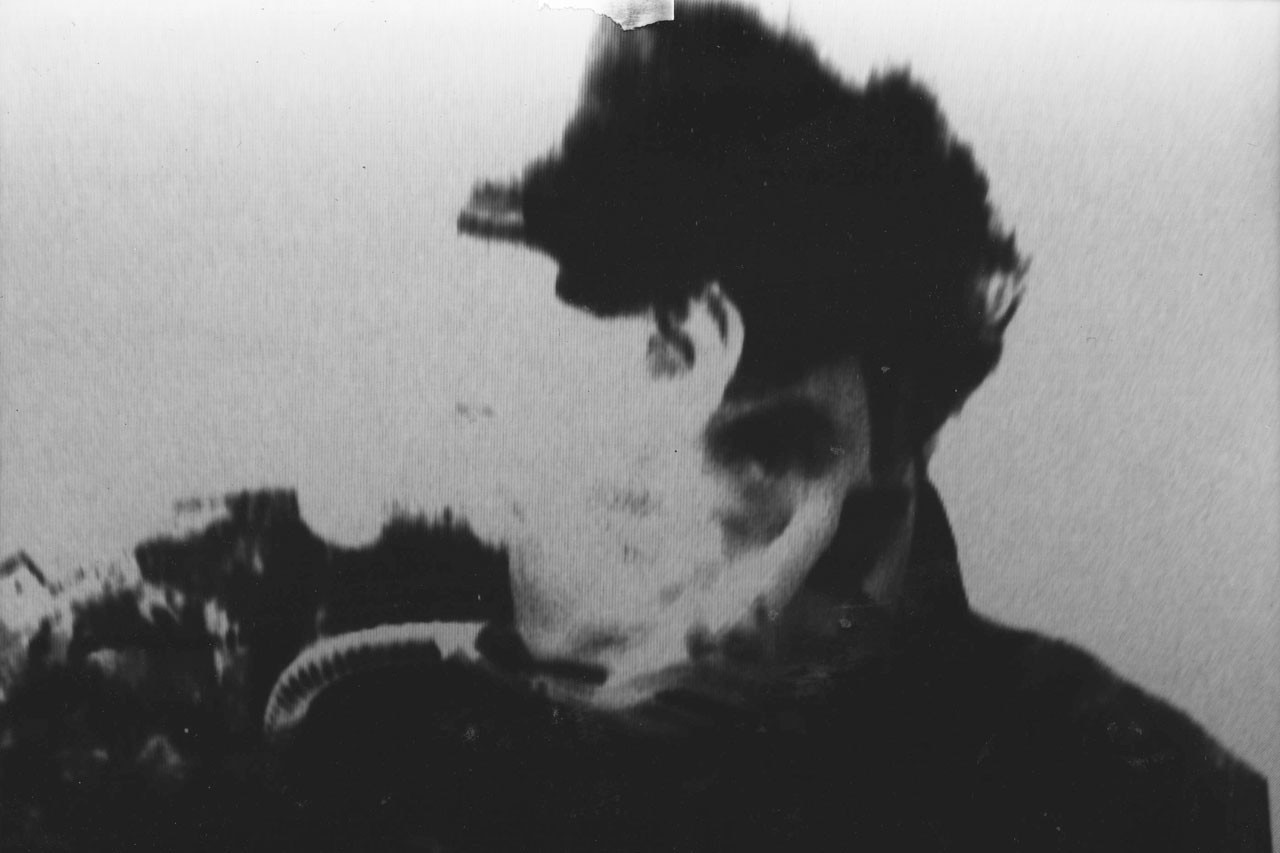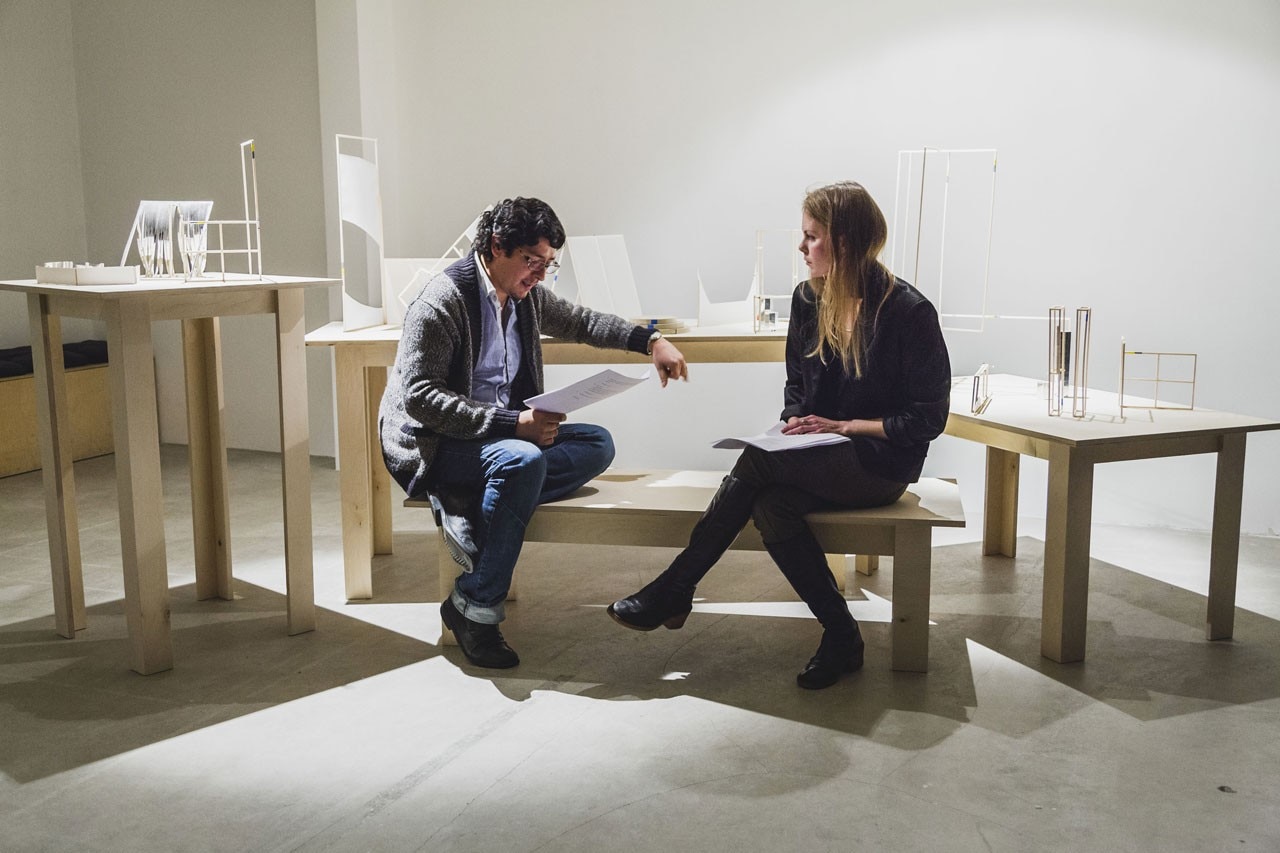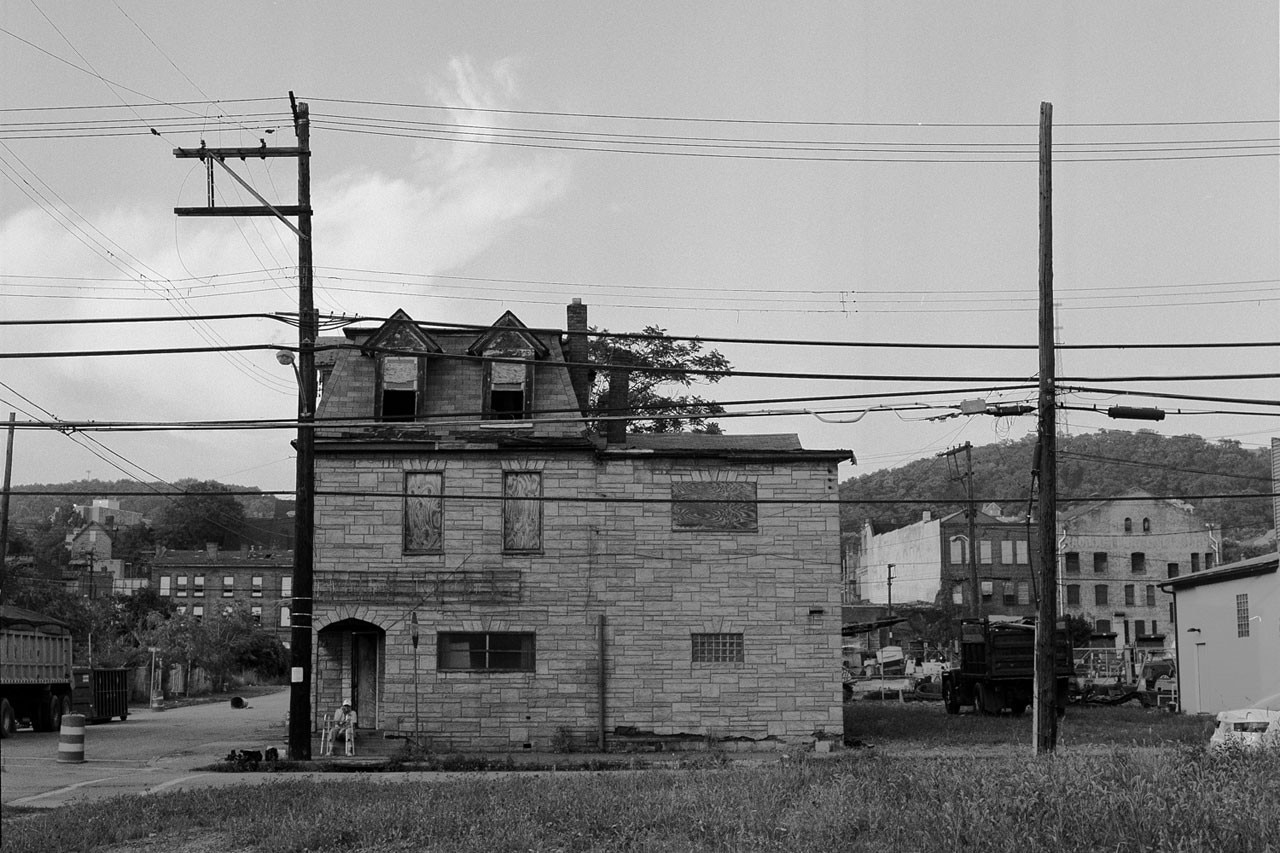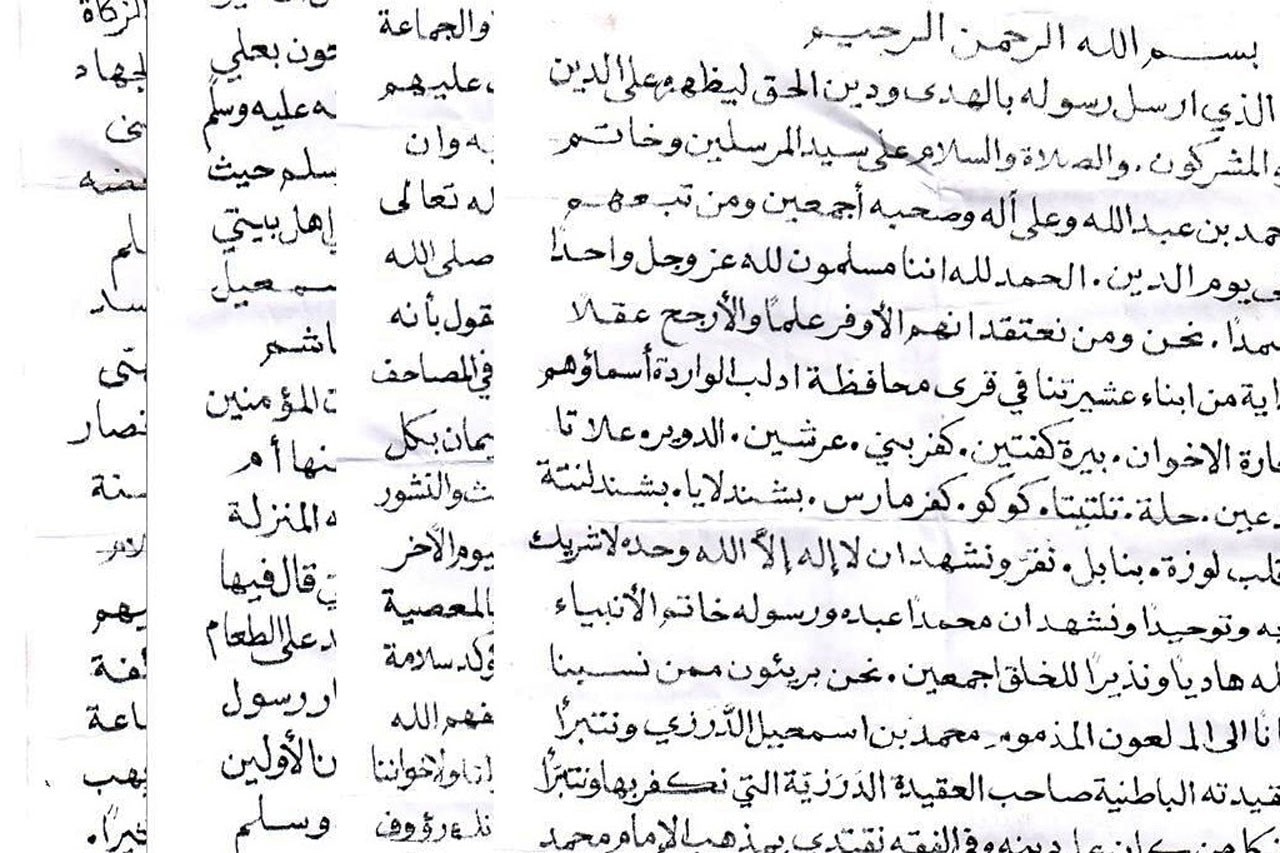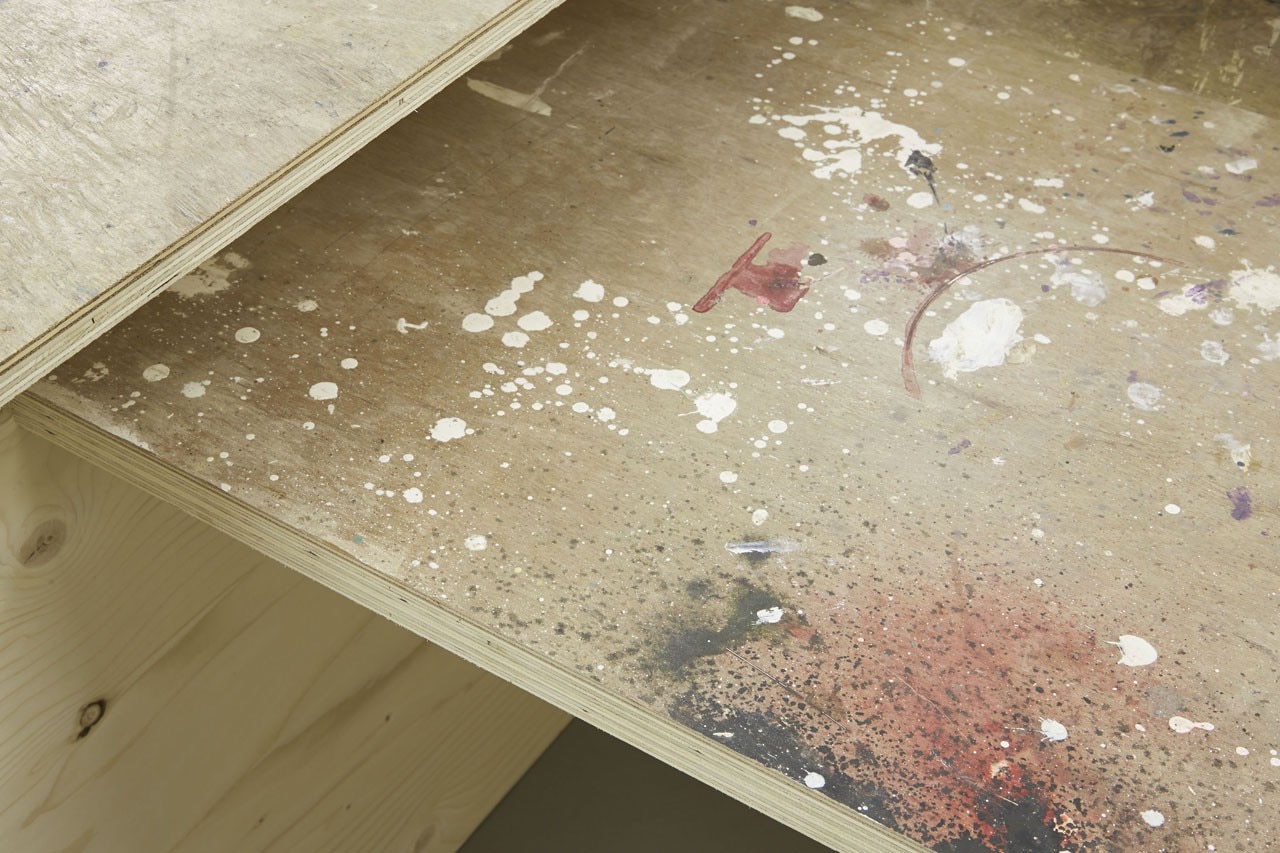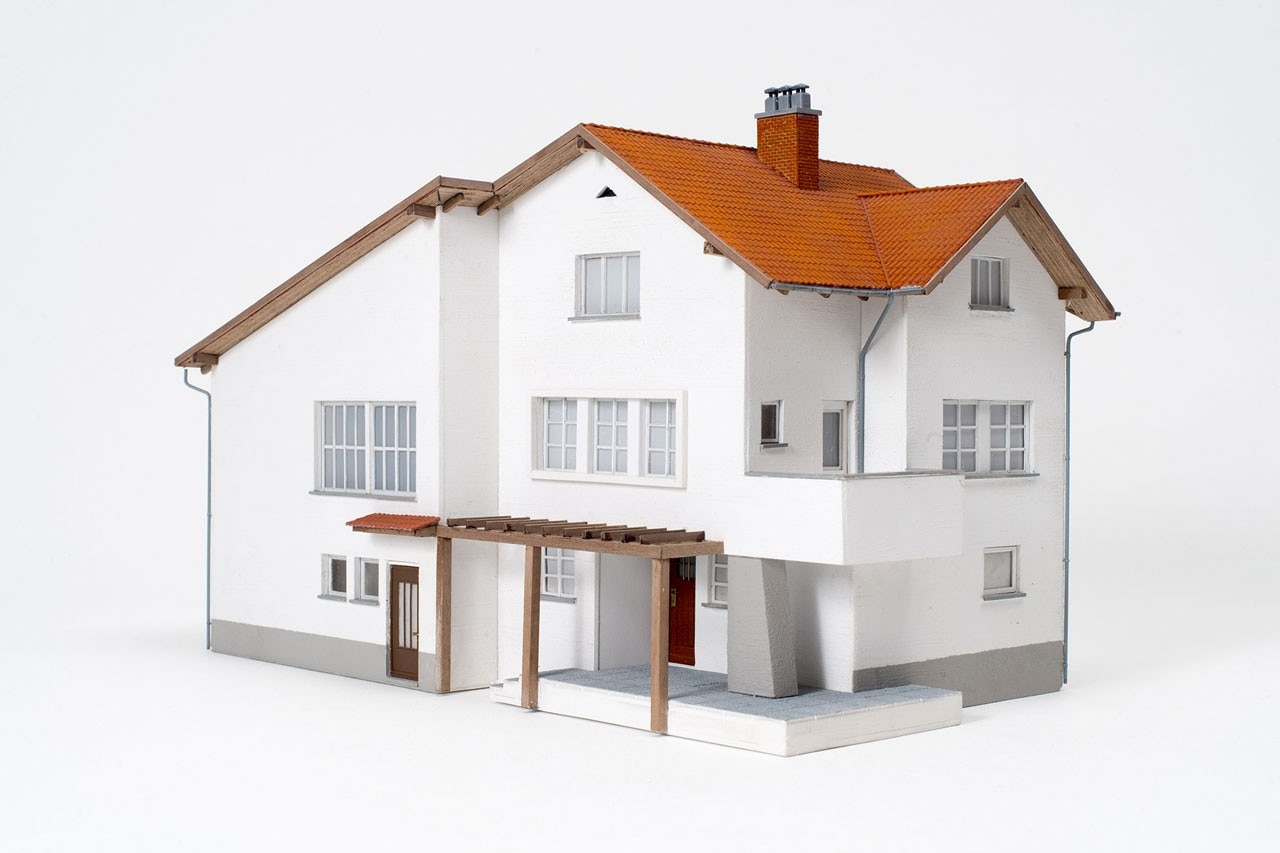This year’s main theme invokes the idea that the extent to which a community decides to share its own resources (for example economic, cultural or welfare related) among its own members or with those who do not legally belong to it, depends upon an act of selection.
According to the degree of education, a community is likely to be more or less inclusive in its willingness to share its own resources with the largest number of its members and those living within its own borders. While at first sight the action of distancing recalled by the exhibition title seems to imply a tendency to exclude and become withdrawn into one’s own interests and privileges, the exhibition understands this movement in a more fruitful way.
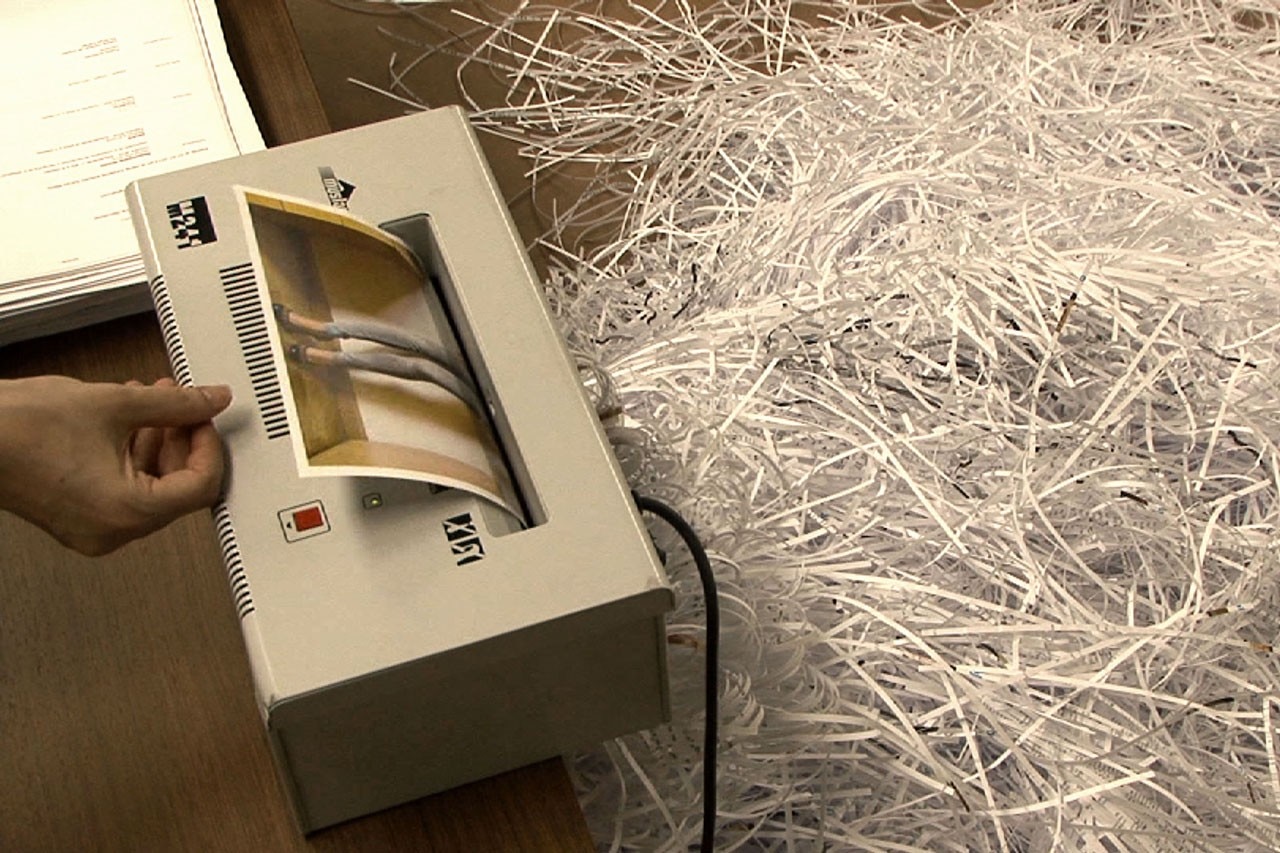
Through the presentation of works of art by fifteen international artists, “Forms of Distancing. Representative Politics and the Politics of Representation” intends to examine how the notion of ‘distancing’ entails an intense investment in one’s own interests, that can result in the apparent paradox of being more committed to processes of inclusion and openness towards other subjects.
The artists in this exhibition explore numerous examples and possibilities of this tendency, for example: utopian communities in the USA that rethink possible ways of living together while separating themselves from the rest of society; minorities’ traditions and laws that suggest new tools to address problems in our contemporary societies; the questioning and the subversion of the narratives of mainstream mass-media.
Paintings, sculptures, photographs, installations, sound pieces, videos and performances are among the media through which the exhibition will question the rhetoric of the politics of sharing, highlighting their potential, limitations and darker side.
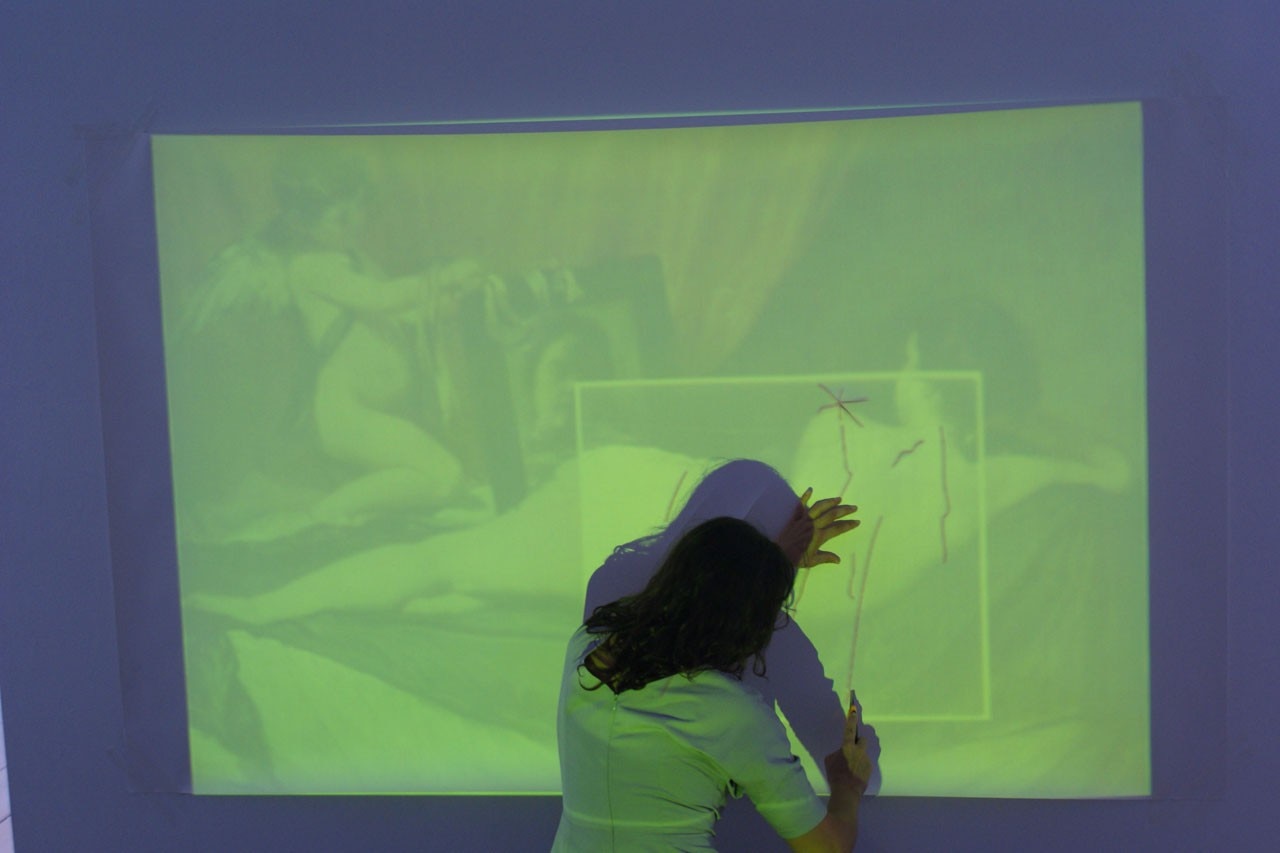
“Forms of Distancing. Representative Politics and the Politics of Representation” addresses ‘distancing’ as informing the concept of representation, the latter understood in terms of both ‘making present again’ and ‘standing for’. Both definitions imply a relationship between subjects separated although connected in a myriad of different ways. These meanings, by operating both in the fields of politics and art, allow the invited artists to address issues that touch upon both areas.
The works on view thus stimulate a variety of perspectives and themes that will enrich the current political and artistic debates, highlighting their intimate correlation.
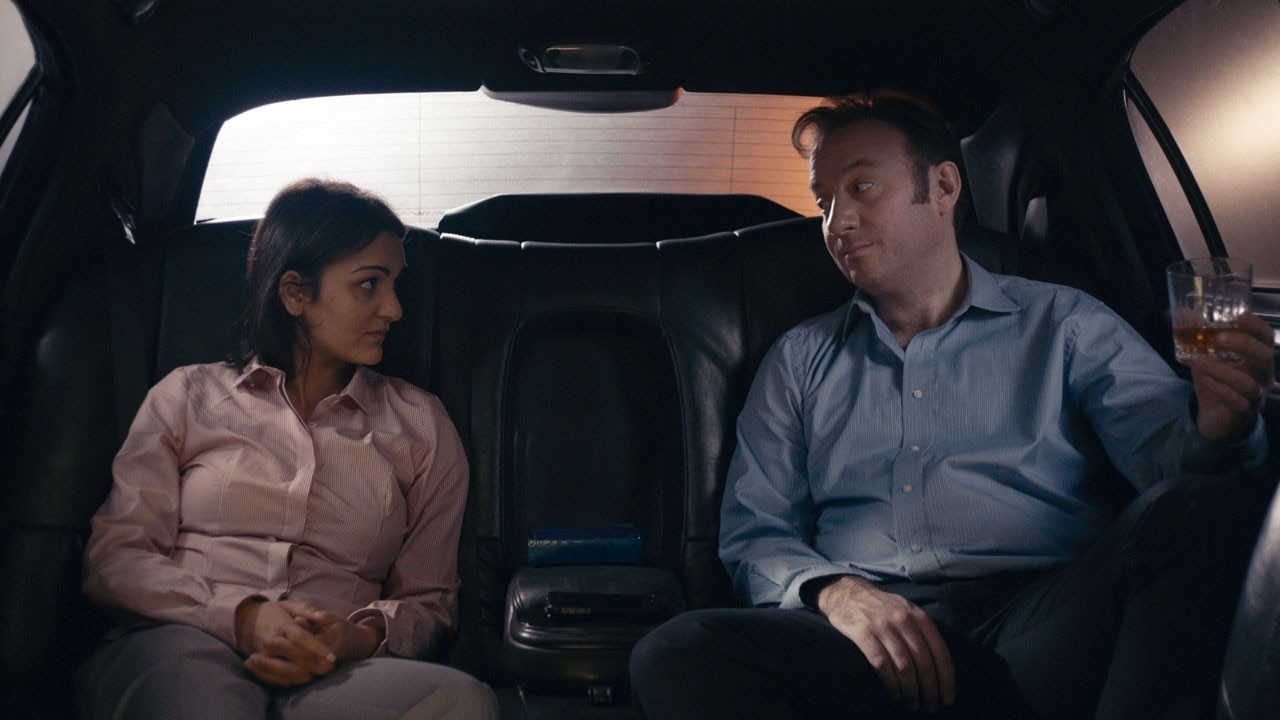
Displayed at Palais Wildenstein in Paulustorgasse, an early eighteenth-century building that has hosted throughout its history various armed forces, the exhibition aims to test both the artistic and the political agency of the concept of representation in the twenty-first century.
This issue is currently at the core of different contemporary artistic practices engaged in producing forms that are able to maintain a tension between an analysis of the politics of representation and representative politics. By commissioning most of the invited artists to create new works, the exhibition aims to support new visions of the present, following the historical trajectory characterising the steirischer herbst festival.
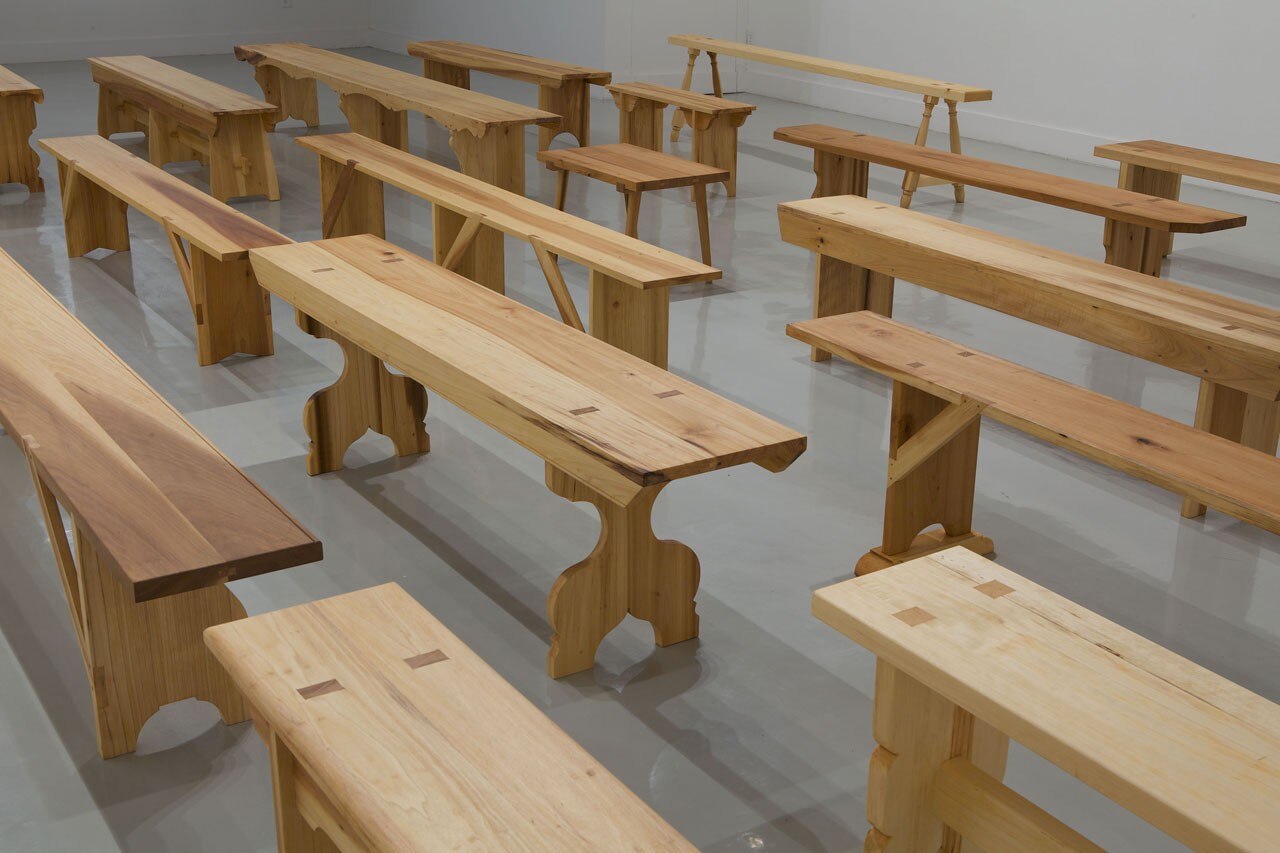
until November 29, 2014
Forms of Distancing
Representative Politics and the Politics of Representation
Curated by Stefano Collicelli Cagol and Luigi Fassi
steirischer herbst 2014
Palais Wildenstein
Paulustorgasse 8,Graz


